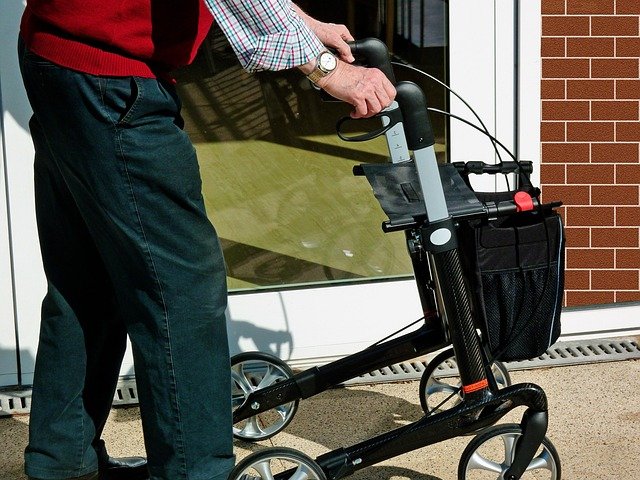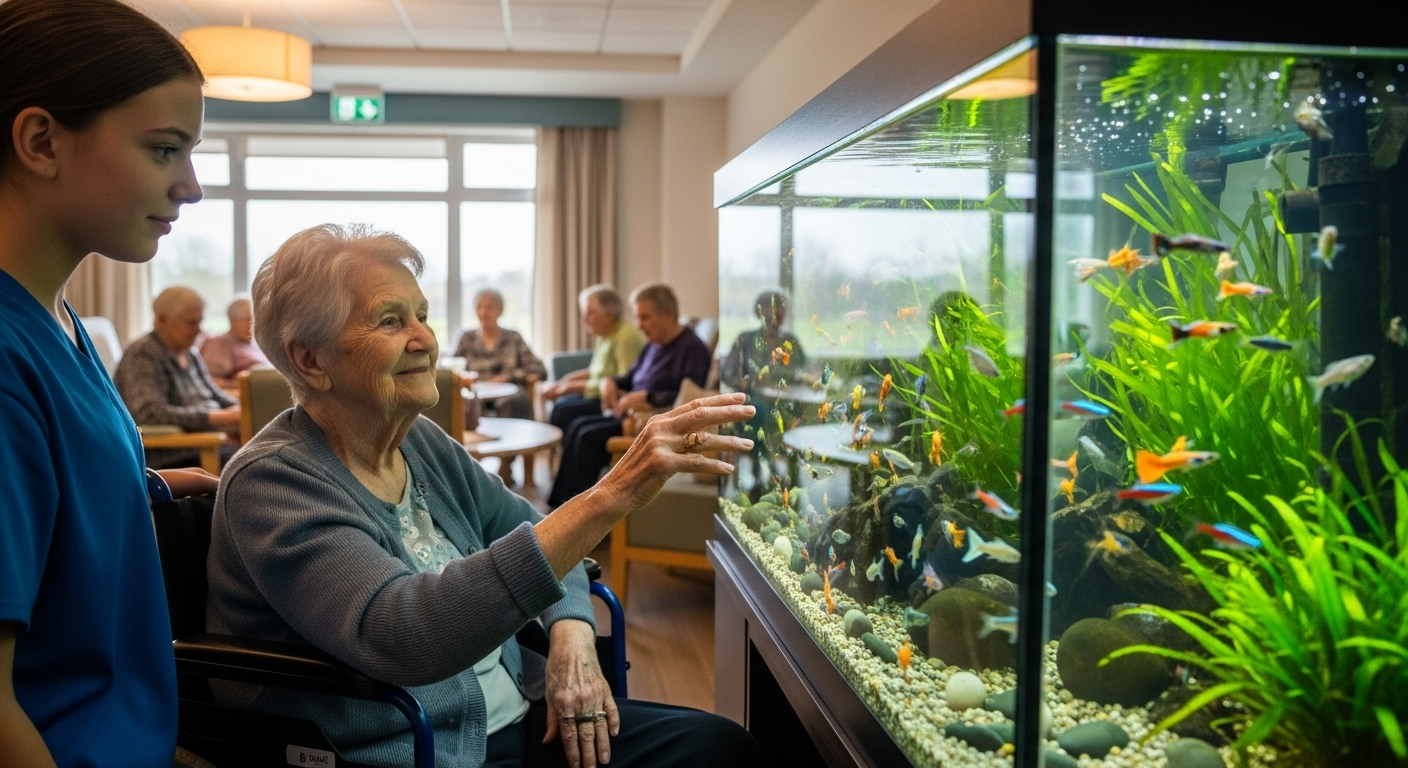Journeying into the Future: The Rise of Hyperloop Travel
In the realm of transportation innovation, few concepts have been as transformative or as exciting as hyperloop travel. This revolutionary mode of transport, which was first proposed by entrepreneur Elon Musk in 2013, promises to change the way we travel by offering unparalleled speed and efficiency. But what exactly is hyperloop travel, and how does it work? Let's delve into the past, present, and potential future of this groundbreaking transportation mode.
Propelling Ahead: The Evolution of Hyperloop Technology
Hyperloop technology was first introduced to the world in a white paper by Elon Musk in 2013. The concept was simple yet revolutionary: passengers would travel in pods through a low-pressure tube, propelled by magnetic levitation and electric propulsion, at speeds approaching 760mph. This would cut travel times significantly, turning hours-long trips into a matter of minutes. The technology has since been developed and tested by various companies worldwide, including Virgin Hyperloop and Hyperloop Transportation Technologies.
Speeding Towards Tomorrow: Current Trends in Hyperloop Travel
As we move into the third decade of the 21st century, hyperloop technology is beginning to move from concept to reality. Test tracks have been built, prototypes have been run, and the first passenger trials have been conducted successfully. While commercial hyperloop travel is still a few years away, experts predict that it could become a reality by the end of this decade.
Navigating the Fast Lane: Advantages and Challenges of Hyperloop Travel
Hyperloop travel offers numerous advantages over traditional transportation methods. Its incredible speed could revolutionize long-distance travel, making it quicker and more convenient. Moreover, it promises to be energy-efficient and environmentally friendly, powered by renewable energy and producing zero direct emissions. However, there are also significant challenges to overcome, including technical issues, regulatory hurdles, and high development costs.
Quick Hyperloop Facts:
-
The concept of hyperloop travel was first proposed by Elon Musk in 2013.
-
Hyperloop pods travel through a low-pressure tube, propelled by magnetic levitation and electric propulsion.
-
Test tracks have been built in Nevada, USA, and Toulouse, France.
-
The first passenger trials were conducted successfully by Virgin Hyperloop in November 2020.
-
Experts predict commercial hyperloop travel could become a reality by the end of this decade.
Venturing into the Future: The Impact of Hyperloop Travel
The potential impact of hyperloop travel is immense. By drastically reducing travel times, it could change the way we live, work, and play. Commuting across vast distances could become a daily reality, opening up new possibilities for where people can live and work. It could also transform the tourism industry, making far-flung destinations more accessible and encouraging more people to travel.
As we stand on the cusp of a new era in transportation, it’s clear that hyperloop travel has the potential to revolutionize our world. Whether it’s commuting to work, visiting family and friends, or exploring new destinations, the future of travel could be faster, more efficient, and more exciting than we ever imagined.





